Environment Faculty

When natural disaster strikes, its effects are not experienced outside of history: Lopamudra Banerjee’s work brings together issues of the environment and development to explore how the poor experience such events in disproportionate ways.

David Bond works with communities besieged by the fossil fuel industry to develop a more transformative grasp of environmental justice for people, politics, and critical theory.
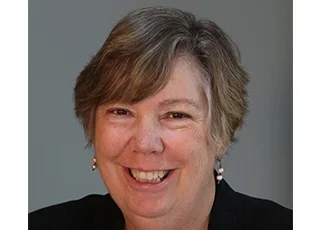
Judith Enck is a senior fellow and faculty member in the Center for the Advancement of Public Action. She is the President of Beyond Plastics and former EPA Regional Administrator, appointed by President Obama. Judith is co author of the book The Problem with Plastic, published by The New Press in December 2025.
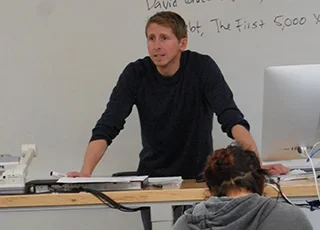
John Hultgren's work explores the theoretical and ideological foundations of environmental political struggles.
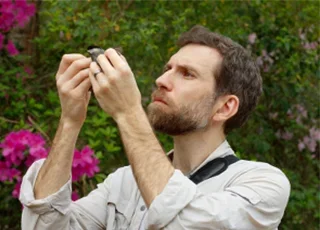
Blake Jones studies the underlying mechanisms of development, sociality, learning and memory in free-living animals. His research integrates theories and techniques from climate-science, ecology, physiology, genetics, and cognitive neuroscience.
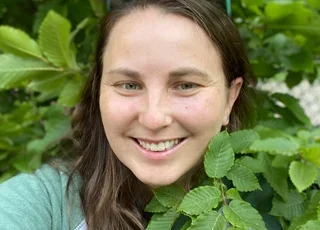
Caitlin McDonough MacKenzie is a plant ecologist studying the impacts of climate change on forests and alpine habitats.
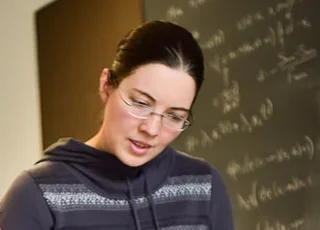
Kathryn Montovan uses mathematical modeling and analysis to understand complex ecosystem interactions and to discover the potential evolutionary causes of insect and animal behaviors. Her teaching is based on active learning techniques and is focused on engaging students of all levels in authentic mathematical inquiry.
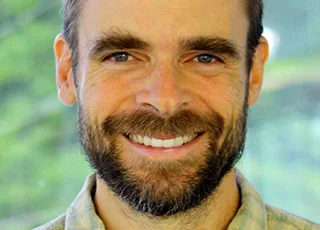
Tim Schroeder applies physical and chemical principles to understand interactions between deep-Earth and shallow-Earth systems. His courses are based on the idea that geology begins as an observational science, but that understanding Earth observations requires a physical sciences context.

Susan Sgorbati is a professional mediator and educator whose creative research has led to collaboration across disciplines and borders as both an artist and a driver of social change.
Emerita/Emeritus Faculty
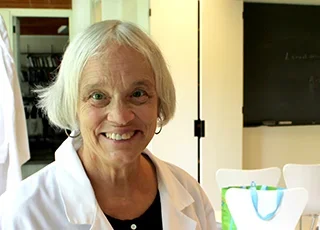
Janet Foley applies her expertise in inorganic chemistry to study the effects of pollutants in Vermont groundwater, to understand the effects of ocean acidification on coral reefs, and to explore the photochemistry and medicinal applications of gold compounds.
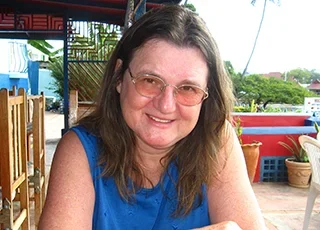
Prazak teaches anthropology and African studies, specializing in economic development and cultural change in East Africa, using multidisciplinary research strategies to address globalization, inequality, culturally-based ways of knowing, gender-based violence, and politics of the body.

Elizabeth Sherman is known for her work on amphibians and, more recently, on coral reefs and climate change; she collaborates with student researchers in her study of how animals work — both individually and as part of larger ecosystems.
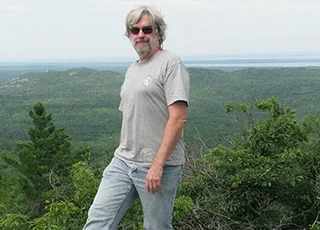
Kerry Woods is an ecologist whose recent work includes long-term studies of old-growth forests, landscape ecology of the Taconic Mountains, and collaborative biogeographic analyses of global temperate forests. His work has been supported by NASA, NSF, US Forest Service, and the Mellon Foundation.